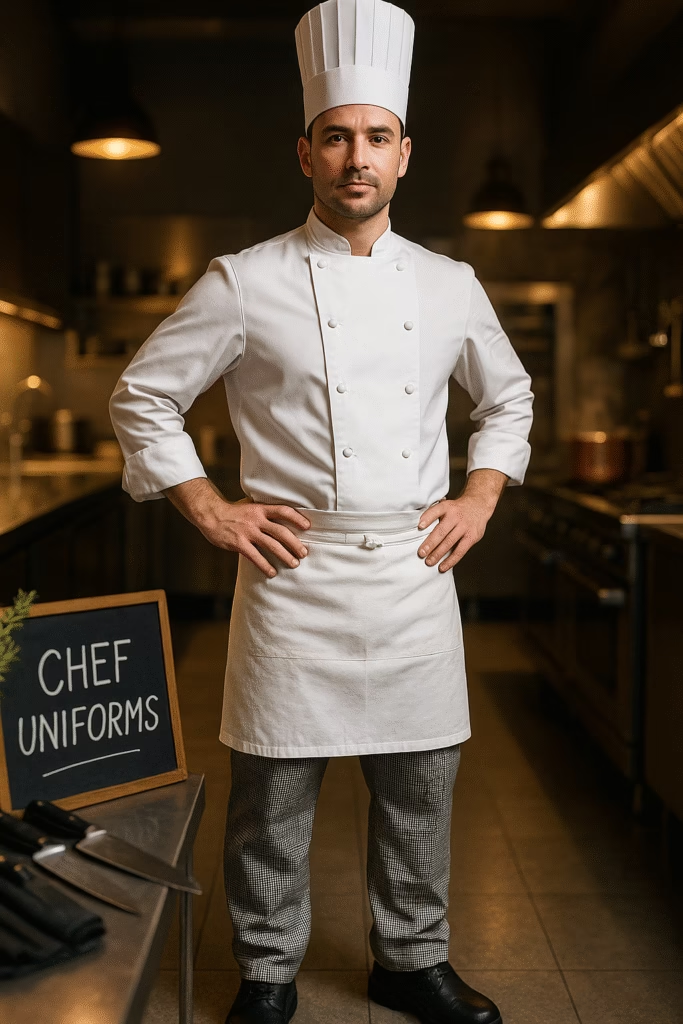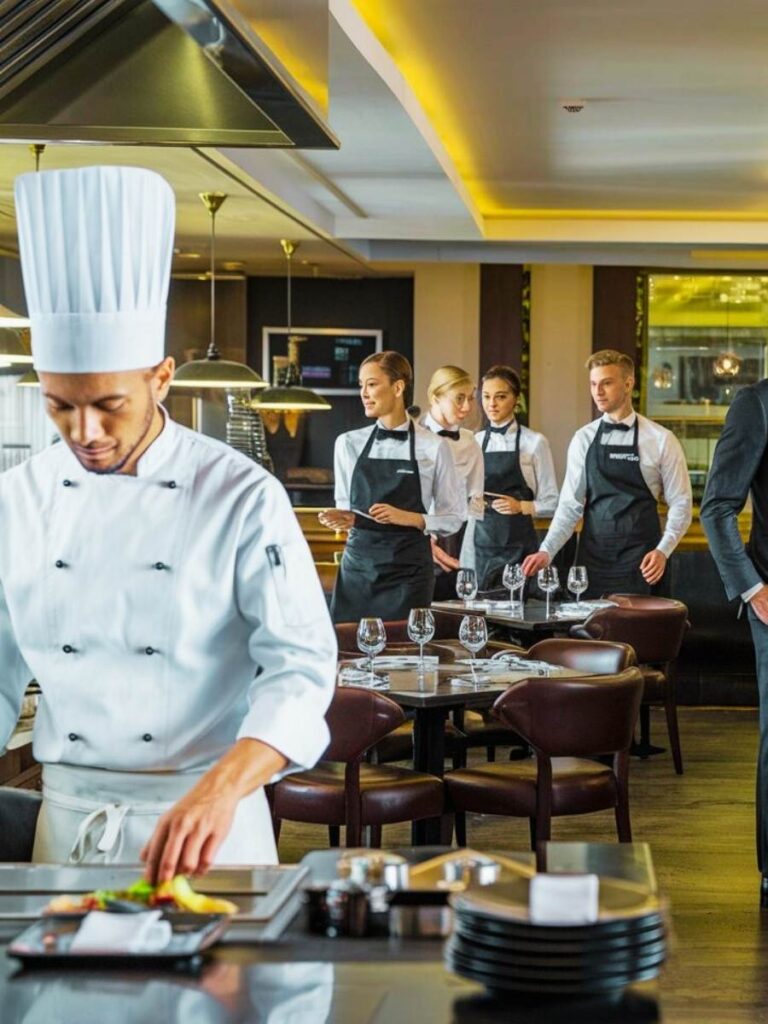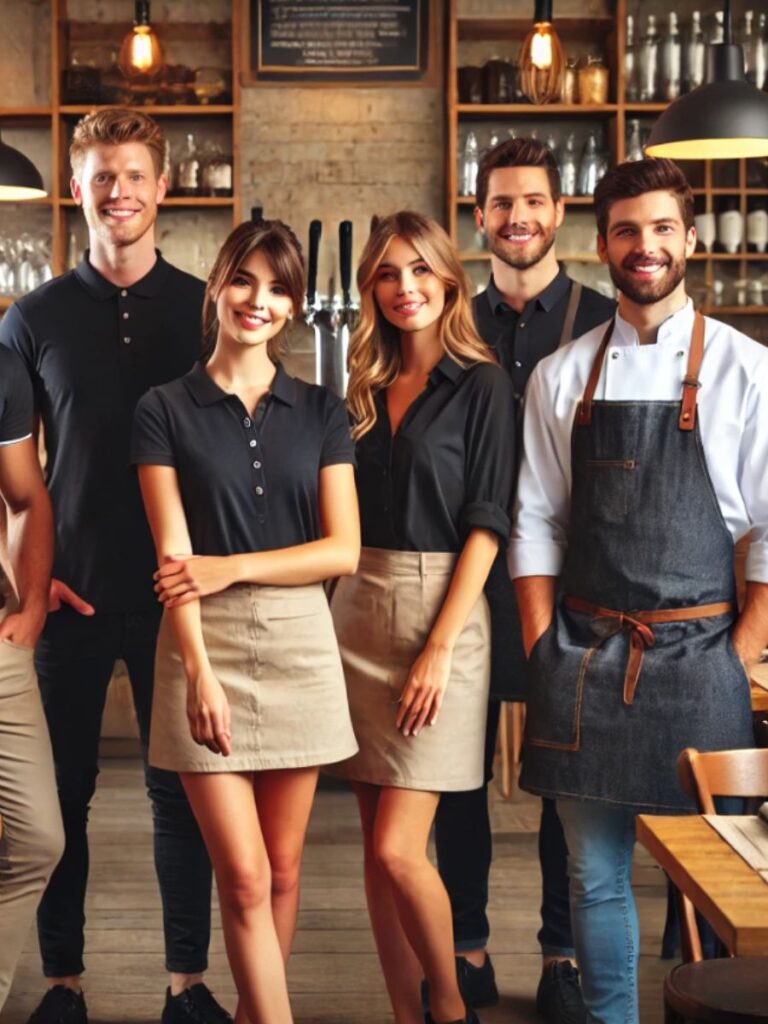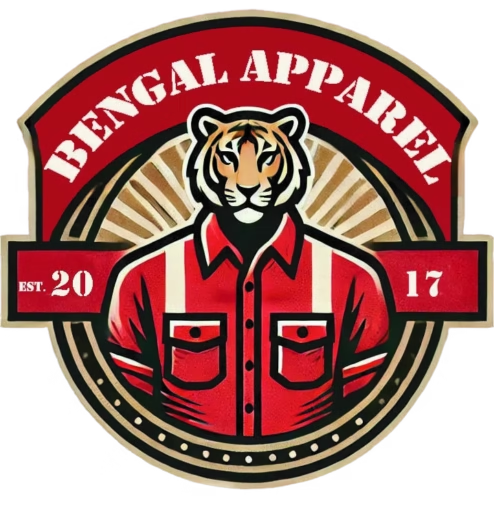Have you ever wondered why chefs wear those tall hats and crisp white jackets? Or why their shoes look more like safety gear than sneakers? Chef uniforms are more than just a tradition—they’re built for safety, hygiene, and professionalism.
In this guide, we’ll break down everything you need to know about chef uniforms, from the history of the double-breasted chef jacket to finding the best anti-slip chef shoes. Whether you’re a culinary student, a restaurant manager, or just curious about chef attire, you’ll find practical insights and buying tips throughout.
Let’s dive into the world of professional chef clothing and discover what makes a chef’s wardrobe so essential in the kitchen.
The Fascinating History of Chef Uniforms
The story of kitchen uniform history begins centuries ago. In medieval times, cooks dressed like other workers—simple tunics and aprons, mostly made of wool or linen. There was no standard look, and hygiene wasn’t a major concern yet.
Things changed with Marie-Antoine Carême, a famous French chef in the early 1800s. He introduced the chef hat toque and popularized the white color for cleanliness and professionalism. He believed that chefs should have the same respect as doctors or scientists, and clothing helped set that tone.
Then came Auguste Escoffier, who modernized kitchen operations and standardized chef whites. He pushed for the iconic look we still see today: the tall hat, white jacket, neckerchief, and checkered pants. Escoffier wanted kitchens to be orderly, and he knew that proper culinary uniforms helped reinforce discipline and pride.
Over time, chef uniforms evolved. Synthetic fabrics replaced heavy cottons, and colors became more varied in modern kitchens. Today, many restaurants use black or gray professional chef clothing to mask stains and add flair. Some restaurants even brand their uniforms with logos to create a custom look.
Did you know? The 100 pleats in a traditional chef hat were said to represent the 100 ways to cook an egg!
Why Double-Breasted? The Smart Design Behind Chef Jackets
The double-breasted chef jacket isn’t just for show — it’s built with purpose. This unique design has two layers of fabric across the chest, which offers extra protection against heat, steam, and accidental spills.
If a chef splashes hot oil or sauce, they can simply fold over the jacket and hide the stain. It also helps maintain a neat, professional look during long, messy shifts. That’s why chef attire has endured over the years.
Practical Benefits:
Heat Protection: Thick cotton or modern flame-retardant blends insulate the torso.
Reversibility: Flip the jacket to hide stains for front-of-house appearances.
Durability: The double layer stands up to daily wear and laundering.
Some modern jackets also include features like:
Underarm vents for breathability
Pen pockets on the sleeve
Moisture-wicking fabric
Relatable Example: Imagine preparing dinner for 50 guests during a Friday rush. A regular shirt would soak up sweat, catch every splash, and look sloppy by the end. A double-breasted chef jacket keeps you cooler, cleaner, and confident.
The Ultimate Guide to Anti-Slip Chef Shoes
Kitchens are full of hazards: water spills, grease puddles, and sharp objects. That’s why anti-slip chef shoes are non-negotiable. Foot injuries and slips are among the top workplace accidents in restaurants.
Why Slip-Resistant Shoes Matter
According to the U.S. Bureau of Labor Statistics, slips and falls account for over 25% of restaurant injuries. The right footwear can prevent sprains, fractures, or worse.
Key Features to Look For:
Slip-resistant soles (with certified ASTM or OSHA ratings)
Oil and water resistance
Reinforced toes (steel or composite)
Padded insoles for standing long hours
Breathable material to reduce sweat and odor
Best Shoes for Restaurant Workers (2025 Recommendations)
Shoes For Crews Evolution II – $75
Lightweight, water-resistant, high traction
Dansko XP 2.0 Clogs – $145
Excellent arch support, ideal for chefs with foot pain
Crocs Bistro Pro Literide – $60
Closed toes, slip-resistant, easy to clean
Skechers Work Sure Track Trickel – $85
Memory foam insoles, great for long shifts
Maintenance Tip: Rotate shoes weekly and use baking soda or odor-control sprays to extend their lifespan.
Pro Tip: Investing in quality non-slip kitchen shoes may seem expensive upfront, but they can prevent costly accidents and medical bills.
Complete Chef Uniform Breakdown
A full chef uniform includes several pieces beyond just the jacket and shoes. Each part serves a specific function in both safety and tradition.
1. Chef Hat (Toque)
Symbol of rank and experience
Tall hats allow airflow and keep hair out of food
Modern alternatives: skull caps, beanies, or bandanas
2. Aprons
Protects body and pants from spills
Cross-back or bib-style aprons offer better weight distribution
Heavy-duty cotton or poly-cotton blends are most durable
3. Pants
Baggy fit allows movement and airflow
Checkered patterns hide stains
Some modern styles have elastic waistbands and cargo pockets
4. Optional Accessories
Neckerchiefs: absorb sweat and add flair
Kitchen towels: essential for quick cleanup
Thermometer holsters, gloves, and even arm guards for specific roles
Did you know? Some chefs wear all-white to signify cleanliness and leadership in the kitchen hierarchy.
Modern Chef Uniform Trends and Innovations
ust like food trends evolve, so do culinary uniforms. Today’s restaurant scene embraces innovation and sustainability.
Sustainable Fabrics
Organic cotton, recycled polyester, and bamboo blends
Brands like Tilit and ChefWorks offer eco-friendly lines
Tech Integration
emperature-regulating fabrics
Built-in odor resistance
Stretch panels for easier movement
Gender-Inclusive Styles
Unisex fits with tailored options
Size-inclusive options for all body types
Restaurant-Specific Looks
Casual cafés may opt for denim aprons
Fine dining may stick to traditional chef whites
Conclution
From history to safety, every detail of chef uniforms has a purpose. The double-breasted chef jacket isn’t just iconic — it protects, performs, and promotes professionalism. And anti-slip chef shoes? They’re your best defense against slippery kitchen floors.
Selecting appropriate chef attire can enhance the comfort of long shifts, minimize injuries, and enhance your appearance. So whether you’re upgrading your gear or just starting out, now you know what to look for.
FAQs:
Q: Why do chefs wear double-breasted jackets? A: For heat protection, reversibility, and a cleaner appearance during shifts.
Q: What are the best shoes for restaurant workers? A: Look for slip-resistant models like Shoes for Crews, Dansko XP 2.0, and Skechers Work.
Q: Are chef uniforms always white? A: Traditionally yes, but many modern kitchens use black, gray, or branded colors.
Q: What are chef uniform requirements? A: Most require a jacket, non-slip shoes, hat or hair covering, and apron. Requirements vary by kitchen.
Q: What’s the history of chef clothing? A: It dates back to medieval times but was standardized by chefs like Carême and Escoffier in the 1800s.




